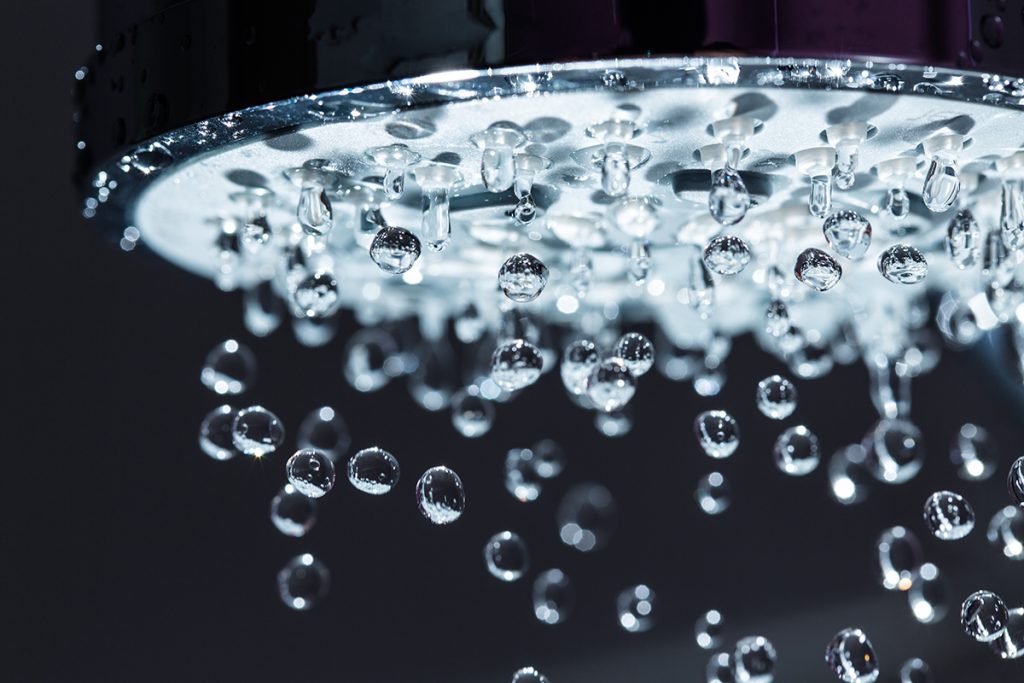Water that contains high concentrations of dissolved magnesium and calcium ions is referred to as hard water. According to the United States Geological Survey, 85% of American homes have hard water. Hard water can negatively impact cleaning product performance. A chelant, sometimes referred to as a sequestrant, is a specialized molecule designed to bind to positively charged magnesium and calcium ions in solution. By binding to these ions, chelants prevent them from forming insoluble precipitates such as hard water scale and soap scum, that can accumulate on surfaces and are difficult to remove. Chelants can also bind other metal ions such as iron and manganese, preventing the formation of deposits such as iron oxide (rust) and manganese dioxide.

Chelants are found in laundry detergents, autodish detergents, and other concentrated hard surface cleaners. The chelants help the cleaners maintain a high level of performance even in hard water. One of the most common chelants is EDTA (ethylenediamine tetra acetic acid). Alternatives to EDTA include phosphates, NTA (nitrilotriacetic acid), citrates, silicates, polymers of acrylic, maleic acid and others.
Finally, chelants are effective in removing stains because they remove the metal ions that crosslink and stabilize stain structures. With the metal ions gone, the remainder of the stain is easier to clean.
Hard water can seem like an inconvenience, but it is a natural occurrence in most homes across the nation. With the aid of chelants, hard water buildup is easily removed and the resulting powerful shower spray or shining shower wall are left to enjoy.
